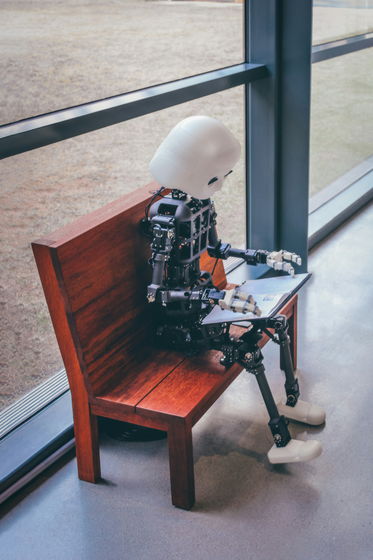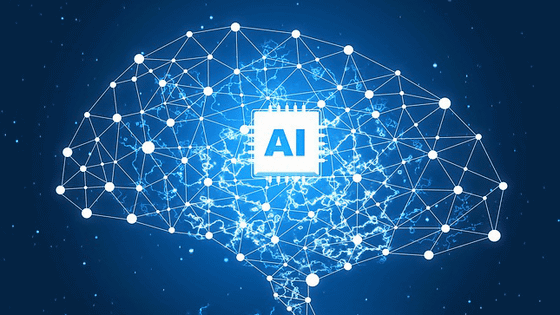A program to provide at least eight hours of AI lessons per grade in elementary and junior high schools has been launched in Beijing, China

On March 7, 2025,
Notification of Beijing Municipal Education Commission Guanyu Yinghu 《Beijing City Promotion Medium and Elementary School Artificial Intelligence Education Work Plan (2025-2027)》
https://jw.beijing.gov.cn/xxgk/2024zcwj/2024qtwj/202503/t20250307_4028227.html

Beijing to Roll Out AI Courses for Kids to Build on DeepSeek Boom - Bloomberg
https://www.bloomberg.com/news/articles/2025-03-09/beijing-to-roll-out-ai-courses-for-kids-to-build-on-deepseek-boom
China has long wanted to become a leader in the AI industry. In January 2025, China-based AI startup DeepSeek announced its open source inference model, DeepSeek R1 , which is only 3% more cost-efficient than OpenAI's latest inference model, o1 , which is the leading model in the AI industry. This has increased China's presence in the AI industry more than ever before.
How did DeepSeek surpass O1 at 3% the cost of OpenAI? - GIGAZINE

Meanwhile, on March 7, 2025, the Beijing Municipal Commission of Education issued the 'Work Plan for Promoting AI Education in Beijing's Primary and Secondary Schools.' The 'Work Plan for Promoting AI Education in Beijing's Primary and Secondary Schools' follows the government's commitment at the National People's Congress to support the widespread application of large-scale AI models and the development of a new generation of intelligent terminals and manufacturing equipment.
The 'Beijing Municipal Primary and Secondary School AI Education Promotion Work Plan' will broadly implement the following seven points:
◆1: Building a multi-stage AI education curriculum system
- Develop common foundation courses at the municipal level.
- Explore and expand district and school specific curriculum.
・Establish a number of cutting-edge innovation courses.
◆2: Building a standardized AI education and training system
-Coordinate the organization and conduct of classroom lessons.
- Explore a scientific and standardized educational paradigm.
・Expand the scope of AI education.
◆3: Building a ubiquitous AI educational support system
- Establish a basic support platform at the municipal level.
- Optimize the support environment for smart education.
- Regulating access to AI applications.
◆4: Building a multi-channel AI teaching teacher system
・Establish a team of AI teachers.
・Strengthen AI education and research.
- Develop and select specialized core teachers.
◆5: Construction of a 3D AI educational application system
- Strengthen the integrated education and training system.
-Support students to develop physically and mentally in a healthy way.
- Strengthen the system for developing excellent and innovative human resources.
◆6: Building a multi-dimensional AI education promotion system
- Establish several demonstration areas and demonstration schools.
・Plan and implement various exchange activities.
・Create an AI educational environment.
◆7: Strengthening implementation of AI education
- Strengthen system support.
- Strengthen follow-up guidance.
- Strengthen openness and collaboration.
- Enhance security and control.

The program will require elementary and junior high schools to provide 'a minimum of eight hours of AI-related classes per grade' starting from the new school term on September 1, 2025. Schools can offer AI classes as standalone classes, or they can include them in the curriculum as part of existing classes such as information technology or science.
Huai Jinpeng , Minister of Education of the Chinese government, said at the National People's Congress that 'AI-led technological innovation will bring great opportunities to education,' and said that a white paper on AI education will be released by the end of 2025.
In Japan, the ' Study Group on the Utilization of Generative AI in Primary and Secondary Education ' has been established, and guidelines for the utilization of generative AI have been formulated.
Related Posts:
in Note, Posted by logu_ii







